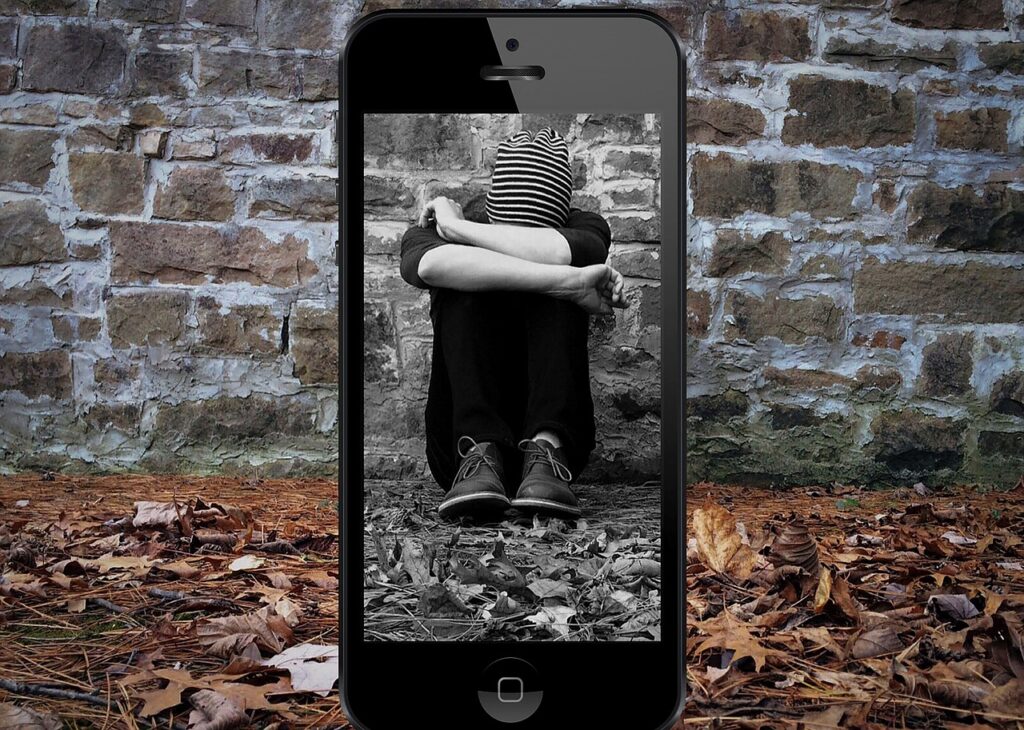In the digital age, social media platforms have transformed the way we communicate, connect, and share information. However, this unprecedented connectivity has also given rise to a darker side of interaction – social media bullying. As these platforms have become integral parts of daily life, the prevalence and impact of online harassment, cyber-bullying, and digital abuse have gained alarming momentum, posing serious challenges for users worldwide.
Social media bullying encompasses a range of behaviors aimed at harassing, intimidating, or causing harm to individuals through online platforms. Unlike traditional forms of bullying, the anonymity, instantaneous reach, and perpetuity of online content exacerbate the magnitude and impact of these abusive behaviors.

The pervasive nature of social media platforms often creates a breeding ground for cyber-bullying. From hurtful comments, spreading rumors, sharing demeaning content, to targeted harassment campaigns, individuals—especially young people—are increasingly subjected to a barrage of digital abuse that can have devastating consequences on their mental health and well-being.
The Impact of Social Media Bullying
The psychological toll of social media bullying cannot be overstated. Victims often experience heightened stress, anxiety, depression, and feelings of isolation. The persistent and public nature of online harassment can shatter self-esteem, erode confidence, and lead to long-term emotional trauma. Tragically, in extreme cases, cyber-bullying has been linked to self-harm and suicidal ideation among its victims.
Moreover, the pervasive reach of social media means that cyber-bullying transcends physical boundaries. Victims can face torment around the clock, even within the confines of their homes, leading to a constant state of distress and fear.
The Role of Social Media Platforms and Prevention
Addressing social media bullying requires collective efforts from various stakeholders, including social media companies, policymakers, educators, parents, and users themselves. Social media platforms bear a responsibility to create safer digital spaces by implementing robust policies, employing advanced moderation tools, and swiftly addressing reports of bullying behavior.
However, combating online harassment goes beyond platform policies. Educating users about responsible online behavior, fostering empathy and respect in online interactions, and promoting digital literacy among youth are crucial aspects of prevention. Teaching individuals to navigate the online world safely and ethically can empower them to recognize and report cyber-bullying instances effectively.
Moreover, fostering open dialogues and support systems within families, schools, and communities can create safe spaces where victims feel comfortable seeking help and where bystanders are encouraged to intervene and support those being targeted.
Moving Forward: A Call to Action
The fight against social media bullying demands a multifaceted approach. It necessitates technological advancements in content moderation, legislative measures to hold perpetrators accountable, comprehensive education on digital citizenship, and fostering a culture of empathy and kindness online.
Individuals must be encouraged to use social media responsibly, mindful of the impact their words and actions can have on others. Bystanders can play a pivotal role by standing up against bullying behavior and offering support to victims.
In conclusion, social media platforms, while offering unprecedented connectivity and opportunities, also pose significant challenges, particularly concerning online harassment and cyber-bullying. By fostering a collective commitment to responsible online behavior, empathy, and digital well-being, we can strive to create a safer, more inclusive digital landscape where individuals can thrive without fear of bullying or harassment.